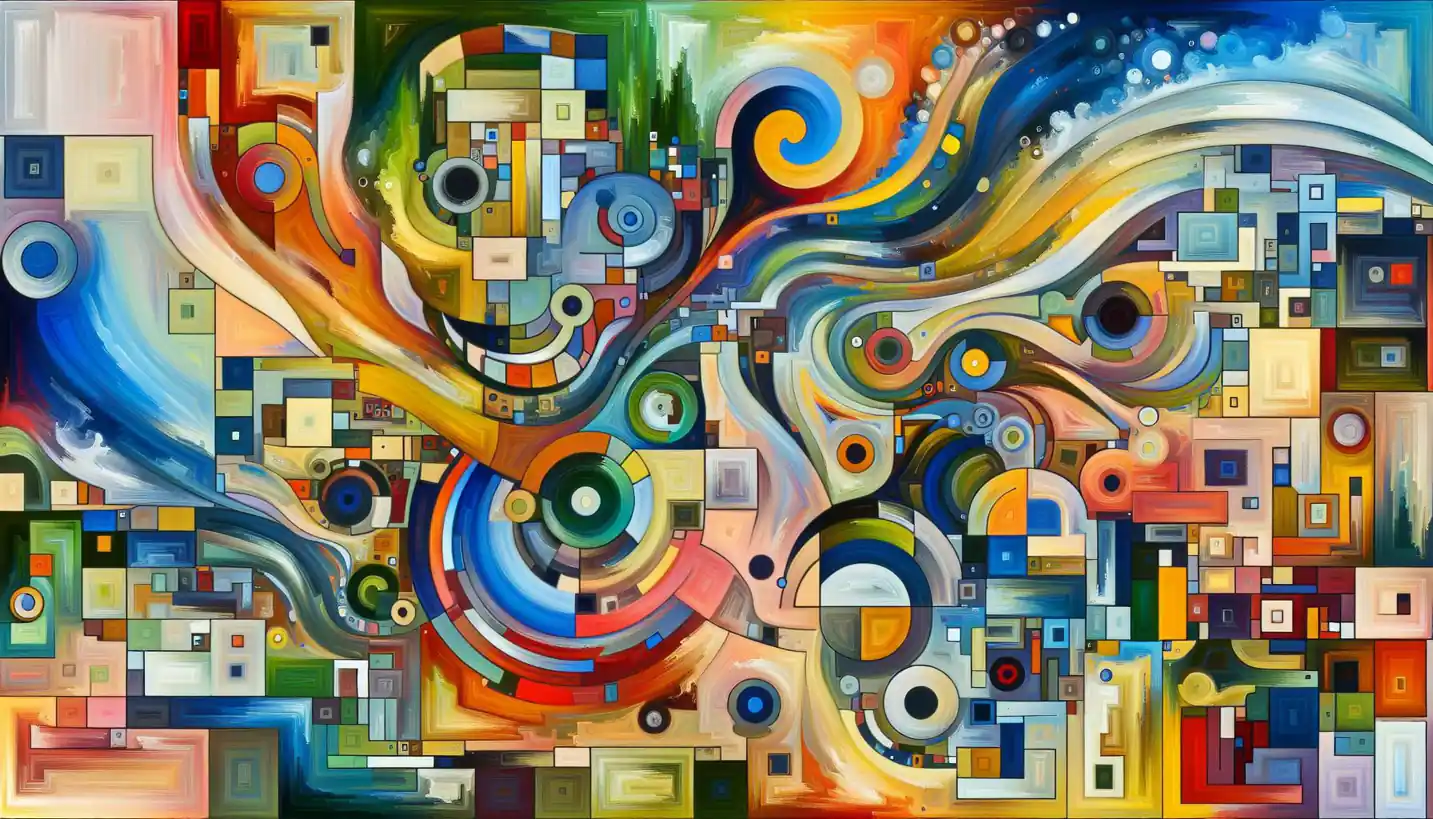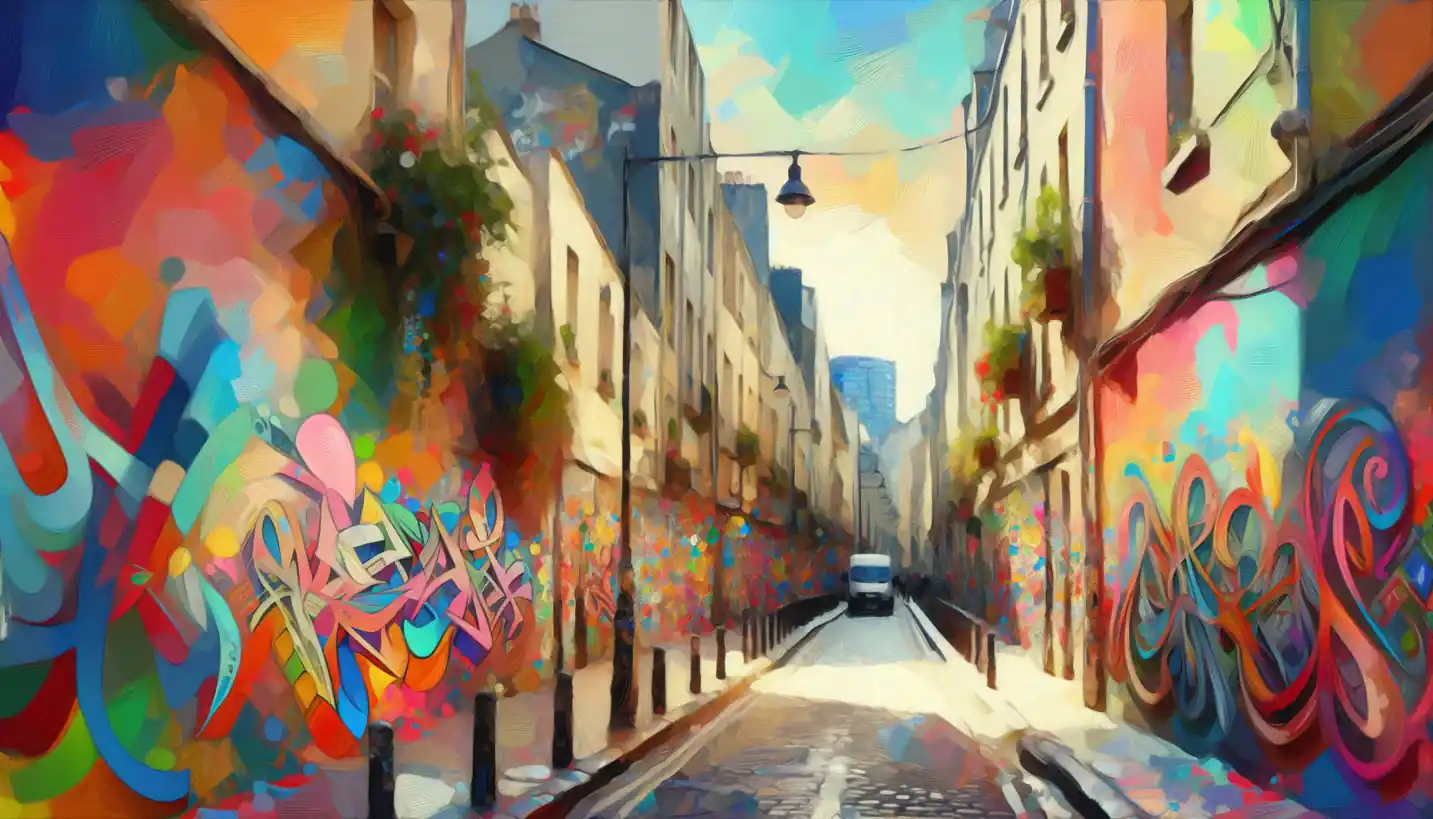· Art · 5 min read
Digital Puppetry: Where Art and Technology Dance Together
Digital puppetry combines art and technology, creating interactive performances that captivate and enchant audiences through innovative expressions.

In the fascinating world of art and technology, digital puppetry stands as a vibrant crossroad. This unique art form blends timeless storytelling with cutting-edge technology, creating an experience that’s both familiar and futuristic. So, what exactly is digital puppetry, and how does it captivate audiences today?
Digital puppetry combines traditional puppeteering with digital graphics to bring characters to life on screens rather than on a stage. Imagine a puppet show where the strings are replaced by computer software, allowing characters to move and interact in magical ways. This innovation offers both artists and audiences new realms of creativity.
The Beginnings and Evolution
Digital puppetry didn’t just appear overnight. It has roots stretching back to the early days of animation and computer technology. In the 1960s and 70s, as computers became more powerful, visionary artists began experimenting with ways to animate digital characters. These early efforts were rudimentary compared to today’s standards but laid the groundwork for more sophisticated applications.
Fast forward to the present, where advances in artificial intelligence, motion capture, and graphic design have dramatically transformed the field. Now, performers can wear motion capture suits that track every nuance of their movements, translating them into fluid, lifelike animations on screen. This leap in technology allows artists to create intricate performances that were once unimaginable.
How Digital Puppetry Works
At the heart of digital puppetry is a blend of software and hardware tools. Motion capture technology is widely used, where performers wear special suits with sensors. These sensors record even the slightest movements and send the data to a computer where software translates it into digital animation.
This process allows performers to inhabit digital characters, lending them a level of expression that’s both dynamic and deeply authentic. Whether it’s a wise old wizard or a mischievous robot, these characters can now smile, frown, and dance just like their human counterparts.
The Artistic Appeal
Digital puppetry isn’t just about flashy visuals; it’s about storytelling. The integration of technology acts as a bridge, transforming traditional narratives into enchanting modern tales. Storytellers can create richly detailed worlds that invite audiences to explore and connect with the characters on a more profound level.
Consider a digital puppet show that takes its audience on a journey through fantastical lands filled with mythical creatures. As the plot advances, these creatures respond to the emotions and actions of the puppeteer, creating a personalized experience for each audience. In this way, digital puppetry becomes a powerful vehicle for human expression, allowing age-old stories to be retold in new and exciting ways.
Popular Uses and Cultural Impact
From films and television to live performances and video games, digital puppetry has found its way into countless areas of entertainment. In movies, it breathes life into characters who might have once been simple CGI. In television, it transforms children’s stories into interactive adventures that engage young minds.
Video games are another thriving arena for digital puppetry. Gamers can interact with characters that exhibit real emotions and intelligent behaviors, blurring the lines between gaming and storytelling. Here, digital puppetry opens doors to deeper connections and richer gaming experiences.
This shift is not only an artistic revolution but also a cultural one. By making storytelling more immersive, digital puppetry challenges how we perceive and interact with media. It invites us to see technology as a collaborator and not merely a tool, redefining what it means to create and experience art.
Challenges and Future Directions
Despite its many strengths, digital puppetry is not without challenges. One significant hurdle is the cost and complexity of the technology involved. High-end motion capture systems and graphic design software can be expensive, potentially limiting access for smaller artists and studios.
However, as technology continues to advance, costs are likely to decrease, opening up new possibilities. More accessible tools mean more voices and stories can enter the realm of digital puppetry, enriching the landscape with diverse perspectives.
Future innovations could also integrate virtual reality and augmented reality, offering even more immersive experiences. Imagine stepping inside a puppet show where you become part of the narrative, interacting with characters and influencing the story. These possibilities could transform audiences from passive viewers into active participants, further blurring the boundaries of art and reality.
Why Digital Puppetry Matters
In a world increasingly driven by technology, digital puppetry stands as a beacon of creativity. It illustrates how art and technology are not foes but allies capable of producing compelling narratives and rich emotional experiences.
Through digital puppetry, we are reminded that technology serves humanity best when it amplifies our capacity to express, connect, and thrive. It teaches us that while technology evolves, the core of storytelling remains timeless—a dance of imagination where anything is possible.
In unlocking the vast potential of digital puppetry, a whole new generation of artists and audiences will be inspired to explore the imaginative potential of both art and science. The dance goes on, inviting all to join its rhythm and tune into the magic of digital puppetry.


